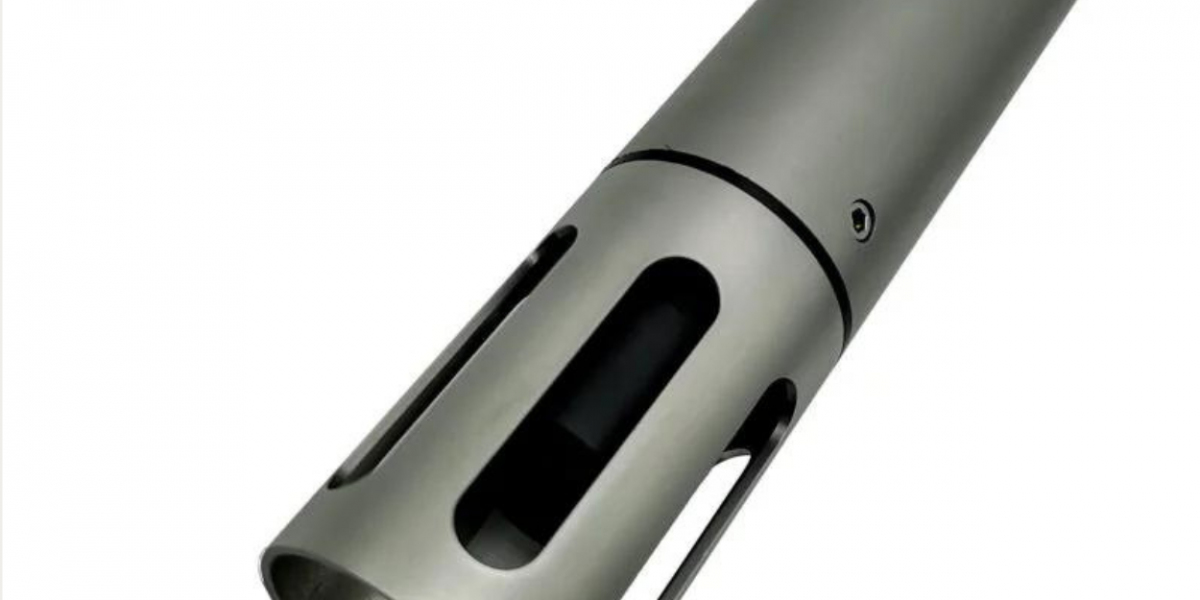Understanding the significance of DO sensors can transform how we monitor and manage water bodies.
What are DO Sensors?
Dissolved oxygen sensors measure the amount of oxygen present in water, which is vital for the survival of fish and other aquatic organisms. The DO levels can fluctuate due to several factors, including temperature, salinity, and the presence of organic matter. By continuously monitoring these levels, DO sensors provide real-time data that helps in maintaining the ecological balance.
Applications in Environmental Monitoring
DO sensors are widely used across various sectors. In aquaculture, for instance, they play a critical role in ensuring optimal living conditions for fish. Regular monitoring of DO levels can prevent fish kills caused by hypoxia (low oxygen levels), thereby safeguarding livelihoods and ensuring food security.
In wastewater treatment facilities, these sensors help operators maintain the right balance of oxygen during the treatment process. By optimizing oxygen levels, facilities can enhance the breakdown of organic matter, leading to more efficient waste processing and improved water quality.
Advancements in DO Sensor Technology
Recent advancements in DO sensor technology have made these devices more reliable and easier to use. Modern sensors now offer features such as wireless connectivity and smartphone integration, allowing users to monitor water quality from anywhere. This innovation is particularly beneficial for researchers and environmentalists who need to collect data over large areas or in remote locations.
Moreover, many contemporary DO sensors utilize fluorescence technology, which provides faster and more accurate readings compared to traditional methods. This not only improves data reliability but also reduces maintenance requirements, making it easier for users to focus on analyzing data rather than on sensor upkeep.
Impact on Public Health and Safety
Monitoring dissolved oxygen levels is crucial for protecting public health. Water bodies that are low in oxygen can lead to harmful algal blooms, which produce toxins that can contaminate drinking water supplies. By employing DO sensors in monitoring programs, authorities can quickly identify and address potential threats to water safety.
Conclusion
As we continue to face challenges related to water quality and sustainability, the role of DO sensors becomes increasingly vital. These devices not only provide essential data for managing aquatic ecosystems but also contribute to public health and safety. Investing in advanced DO sensor technology will pave the way for more effective monitoring practices, ensuring the protection and preservation of our precious water resources.
For more information on DO sensors and their applications, visit Kacise Sensors.









